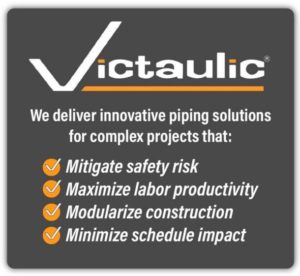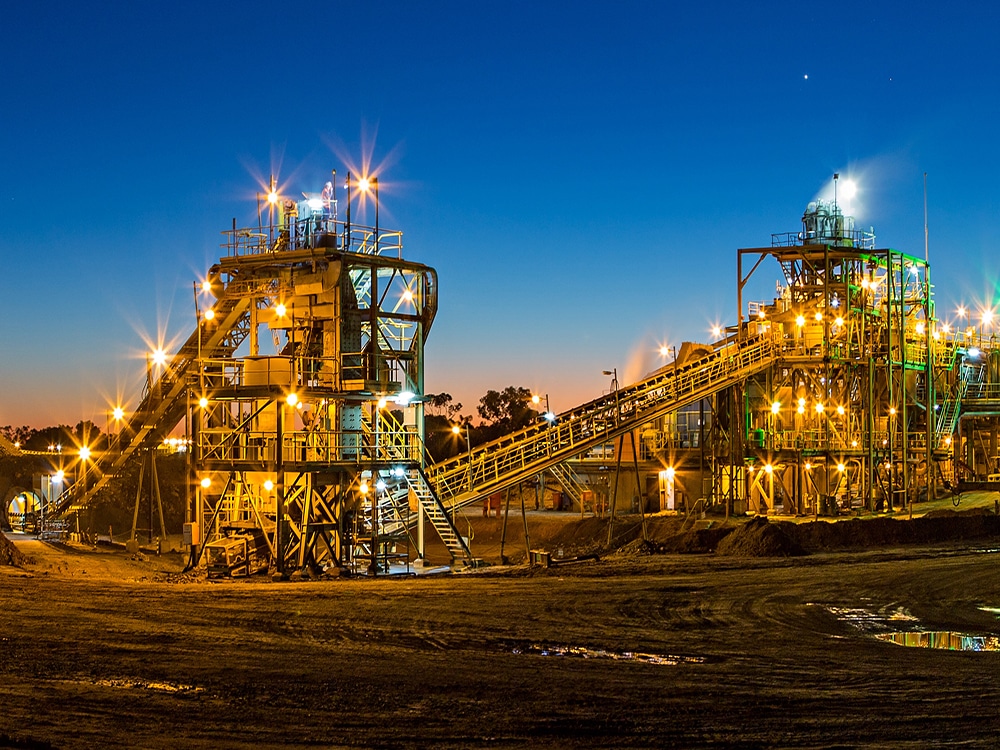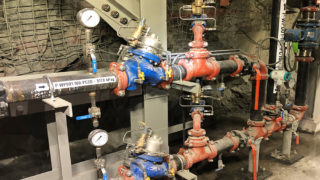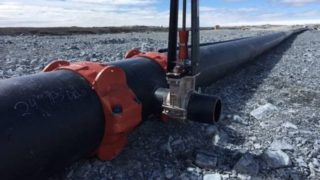Posted on December 16, 2020
As we look back on 2020 and enter 2021, we are all reflecting on ways to enhance mining productivity. In 2020, the global mining market saw marginal productivity gains, due in large part to operational discipline, ongoing productivity initiatives, and postponing functions not directly related to production. In other words, we looked for ways to optimize our current systems and streamlined wherever possible. Yet as the 2021 calendar year begins, to continue to see these gains, mines must innovate, and look for new ways to solve age-old problems, in order to truly enhance mining productivity in this challenging global environment.
Tip 1: Root your site in safety – SAFETY FIRST
Throughout the mining industry, we regularly hear the statement “safe sites equal productive sites.” What is meant by this is that a strong correlation exists between onsite safety incidents being low, and production being high. By making safety a part of a mines culture miners and operators can perform at their highest level, allowing sites to operate at full capacity without stoppage time due to injury or reduced staffing.
The products selected can help drive this culture. Welding and fusing within mining operations leave miners susceptible to injury and expose them to noxious fumes, with these risks further heighten in confined spaces commonly seen on mine sites. These risks can be avoided. Mechanical joining methods exist today that eliminate emissions, install without flames or fumes, and easily assemble in confined spaces without the risk of injury. Mechanical joints are engineered with safety in mind, and companies like Victaulic take this a step further. Not only are joints designed for safety, Victaulic has their team onsite at the time of installation to ensure miners and operators are trained to safely and efficiently install their couplings. Combine this with the speed of installation, and productivity is heightened from day one.
Tip 2: Select products that drive efficiency
To truly enhance mining productivity, you must first look at product selection. In mining projects, there is a delicate balance between cost and schedule in order to meet project specifications as well as deadlines. In operations, there is a focus on production targets within the yearly budget while continually looking for opportunities to improve performance. At times, these goals can conflict as material and equipment are selected. Choosing products that install quickly, are reliable, and enable ease of maintenance can reduce downtime and increase productivity on site. Traditional joining methods, including welding and fusing, require skilled labor available onsite, extensive equipment to be delivered, and can be halted due to harsh conditions or challenging weather. If sites choose to flange joints, they require countless bolts and nuts to be installed; and in all of these traditional installations, it is difficult to know whether a joint is properly installed for leak-tight operation.
Many mines have made the decision to switch to mechanical joints, in the project phase as well as in ongoing operations, to mitigate these problems and drive onsite efficiency. Mechanical joints can be installed in any weather condition using simple hand tools, with visual verification that all joints are assembled correctly. Couplings are assembled with a minimal number of bolts and nuts, and in many cases do not require disassembly to install. All of this equates to up to 10 times faster installation, bringing mines online faster and increasing productivity.
Tip 3: Expedite maintenance and repair
Maintenance commonly makes up more than 30-50% of a mines’ total operating costs. Mines prepare for this; meticulously planning scheduled maintenance and working to mitigate any unforeseen repairs or downtime. With traditional joining methods, maintenance can be cumbersome. Whether valves require full removal from operation for service or piping must be cut for repair, these hours are accounted for. Yet what if these hours could be reduced? What if we could move from reactive and routine maintenance to predictive and proactive maintenance? The technology exists today to streamline maintenance and repair. Examples of this include knife gate valves designed for in line service, and mechanical joints that can be fully disassembled allowing the piping to be easily repaired or replaced within minutes. Operations utilizing knife gate valves can reduce maintenance downtime by up to 95% by switching to valves designed for in line maintenance, which equates to enhanced mining productivity. By streamlining maintenance there is less risk in proactively scheduling more frequent service enabling mines to operate with less fear of stoppage time, and keeping systems operating at peak efficiency for the life of the system.
Tip 4: Design for change
If 2020 has taught us anything it is that change is inevitable. Whether mines are operating at lower capacity entering the new year, or expansion projects are scheduled to begin, mine operations are constantly changing. To see true productivity gains in 2021, systems must be designed to allow for these changes. Mechanical joining methods are designed for easy modification in the field. Pipe can be rotated, systems can be modified, and pipelines can be expanded quickly and easily. These nimble changes would be challenging using traditional joining methods, as equipment and skilled labor are required, and sites must prepare for time-consuming system shutdowns. What’s more is that couplings can also be reused within a facility, limiting waste while enhancing productivity.
As we enter into the new year, we enter into a time of change. Rather than focusing on volume, mine owners must instead adopt a mindset of efficiency and productivity. This mindset begins with the products selected on-site and a movement toward mechanical joining technology.
Victaulic’s products and culture are rooted in safety and reliability, enabling mines to mitigate safety risk and enhance efficiency all while maximizing productivity.
Click here to learn more about how Victaulic’s commitment to safety helps drive productivity



